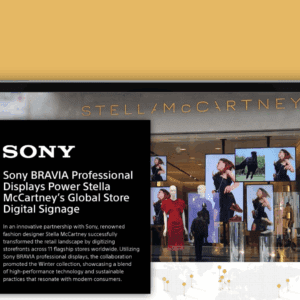By Michael Pellegrino, iconectiv

The mobile channel is by far one of the most effective ways for retailers to engage customers. That claim is undisputed. According to Pew Research, 92% of U.S. adults own a mobile device with 68% owning a smart phone.
Yet many retailers and brands are still determining the best way to reach these potential customers. One tactic that continues to trouble me is the sole reliance on QR codes for direct consumer engagement. From product packaging to in-store marketing collateral, we’re still seeing them pop up everywhere.
Looking at the QR code, it is easy to see that it’s an extremely versatile technology that bridges different forms of marketing streams, most notably e-Commerce and mobile. This in turn can maximize consumer exposure to a large variety of online content, potentially generating revenue. That in itself makes it a very attractive technology.
The QR code’s biggest flaw, however, continues to be familiarity among consumers and the notion that consumers fully understand how to take action or what the code pertains to when they see them on product packaging or an advertisement. For instance, research conducted by User Insight in 2012 found that 97% of consumers didn’t even know what a QR code was. I have to think awareness has dwindled even more in the years since. The concept of a QR code and its benefits are strictly based on its ability to be recognized by a consumer and scanned with their mobile device. If consumers don’t know how to make that connection, this mobile marketing strategy will fail before it begins.
Another technology to consider is SMS/MMS marketing: 81% of U.S mobile users text, making it one of the most commonly used mobile device features. Plus, many consumers have expressed interest in receiving brand communications via text. So why are marketers hesitant to tap this channel? There are a number of factors that make this form of engagement a strong alternative.
First, texting takes seconds — no app required. If a product or in-store advertisement directs consumers to text a five- or six-digit common short code to opt in for instant savings offers, there is a strong chance they’ll do it. This is simply because they understand that the call to action requires nothing more than a quick text, and text messages have a staggeringly high open rate — well over 90% according to a number of resources, and the majority of those messages are read. Plus, consumers are able to effectively disable common short code messaging at any given time, giving them not only the power to receive messages, but the ability to stop or halt them whenever they want.
The retailer also captures the consumer’s cell number, enabling the retailer to continue engaging the consumer with exclusive offers that drive revenue and build brand loyalty, as well as discover useful demographic and behavioral insights. Combined with web analytics or other marketing tools, the number of QR code scans over time can be tracked, but even then understanding the customer and continuing engagement is impossible.






